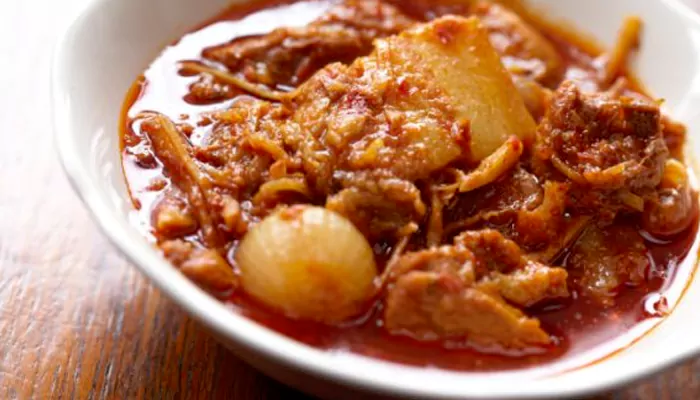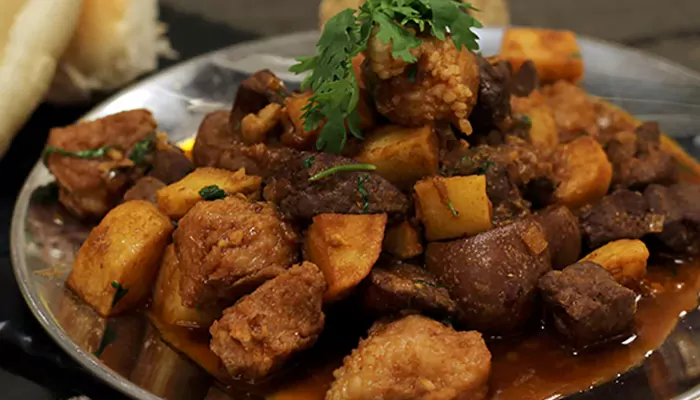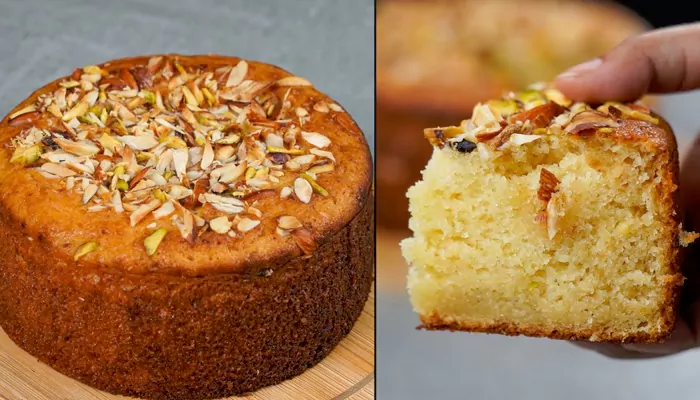
From nostalgic kitchens to new-age dining tables, Nawruz dishes continue to stir hearts and simmer pots with stories of tradition, family, and cultural pride
You wake up to the rhythmic clang of pots and the aroma of cardamom and caramelising onions, while laughter echoes through a sunlit verandah. It is Nawruz, the Parsi New Year, and across homes in Mumbai, Pune, and beyond, a community comes together to celebrate a way of life rooted in food, family, and faith.
Nawruz, derived from Persian roots meaning "new day," is celebrated on August 16 this year by the Parsi community in India. This day is much more than just a cultural marker; it is a tapestry of rituals and an extraordinary culinary legacy passed down through generations like an heirloom.
Let’s embark on a journey through the heart of a celebration that finds its truest expression at the dining table, where each dish marks a passage from one cherished tradition to the next.
For Parsis, food isn’t just nourishment; it’s an act of devotion. New Year’s Day begins with prayers at the Agiary, or fire temple, followed by an elaborate spread at home known as the bhonu. These dishes symbolise abundance and continuity.
From the comforting tang of Dhansak Dal, representing familial unity, to the piquant thrill of Sali Marghi, symbolizing resilience and bold spirit, these preparations express a community whose heritage flourishes in its kitchens.

Credit: NDTV
This chicken dish, topped with crisp matchstick potatoes called sali, is fiery, tangy, and bold, much like the Parsi spirit. Made with aromatic whole spices and Parsi vinegar, it stands for resilience and adaptability, echoing the community’s layered complexity and ability to weather challenges with grace.
Each bite nods to centuries of resilience: soft meat beneath a sharp crunch, revealing strength within sweetness.

Credit: Sanjiv Kapoor
Few communities can transform humble ingredients into gourmet poetry like the Parsis. Aleti Paleti, made from mutton liver, lungs, and kidney, represents resourcefulness and the value of using every part, symbolizing respect for provisions and culinary daring with soul.
Cooked with cumin-chilli paste and topped with crisp potato cubes, it’s the kind of dish that evokes stories from lively Irani cafés and grandparents who cooked with both wisdom and whimsy.
Credit: Sanjeev Kapoor Khazana
If there is a crown jewel in the Parsi kitchen, it is the cherished Dhansak. A blend of four lentils and seasonal vegetables, slow-cooked and flavored with a distinctive masala, Dhansak signifies familial unity and comfort, and is typically enjoyed on Sundays, not during festive celebrations.
However, during Nawruz, conventions shift. Many households serve Dhansak as a symbol of connecting to tradition and honoring the simplicity that binds generations, serving as a reminder that the most profound truths are found in everyday rituals.

Credit: YouTube
What started as a teatime treat in Irani cafés has now become a festival favourite. Rich with mawa (khoya), cardamom, and a touch of nostalgia, the Parsi Mawa Cake symbolizes celebration, togetherness, and the sweet beginnings wished for in the New Year.
With its buttery crumb and golden hue, it is a dessert that not only delights the palate but also evokes childhood memories, often shared with a steaming cup of chai on rain-washed evenings.